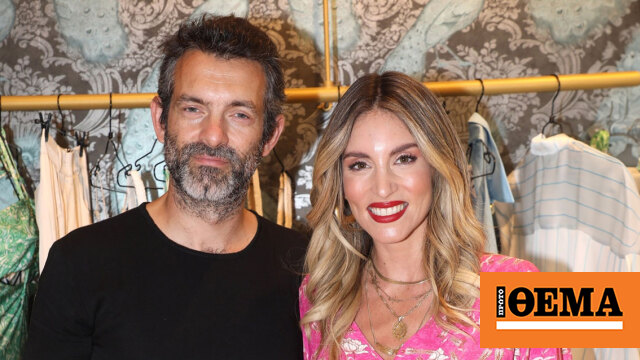From the kitchen to Mars, indoor farming is still finding its way
From the corner kitchen to the expanses of sand on Mars, will we soon be growing plants in artificial environments controlled by technology? Some startups believe in it, but are still groping to find the economic model that makes them widely applicable.
“In 5 to 10 years, the majority of homes will be equipped with indoor vegetable gardens,” small closets where plants grow in a fully controlled environment, said Thibaut Pradier, founder of Start, this week at VivaTech in Paris. – Above “La Grangate”.
Once the consumer is equipped with a vegetable garden, this company plans to supply him with new capsule-shaped packages of coconut fiber, which contain a seed with the desired plant, at a target price of 1.5 euros.
Purchasing the seeds then gives access to an application that indicates how to properly set up the indoor vegetable garden – dose of nutrients, measure of moisture, light … – and makes it possible to follow the growth of the plant.
Evidence that the market is booming, home appliance manufacturer LG “is already producing indoor vegetable gardens with great success in South Korea, and Miele has been launched in Germany in particular,” Mr. Pradier notes.
For him, this cultivation in a fully controlled environment is in fact part of the equation for success in feeding the planet at an acceptable environmental cost.
Sure, an “indoor vegetable garden would consume the equivalent of a refrigerator” but his salad’s carbon footprint would be much better “because it wouldn’t have to be moved and delivered,” he said.
Barbara Belvizzi, founder of Interstellar Lab, who wants to grow plants in the harshest environments, is on the same page.
“Conventional agriculture alone will not be able to feed 9 billion people,” she says.
“A closed and controlled environment makes it possible to optimize energy consumption” and can also make it possible to “relocate agriculture” by avoiding the import from distant countries of products that cannot be grown locally.
The Interstellar laboratory, which has raised 7 million euros and employs about 30 people, plans to offer around 20 “domes” of “Biopods” by the end of 2023, with an area of 55 square metres, where plants grow in a nutritious mist in aerodynamics.
Completely unaffected by their environment, these modules foretell the true ambition of the Interstellar Laboratory on Earth: culture in space – on a space station for example – or on another planet.
– ‘Keep on testing’ –
Currently, Biopods are intended for drug and cosmetic laboratories or any other industry looking for very specific plants with high added value, explains Barbara Belvisi.
“Initially, it wouldn’t necessarily be for food, except for very specific plants like vanilla.”
A typical example of it is vetiver, a root used in perfumery that grows very well, without destroying the soil, in perfumery.
Because for indoor farming, the road to commercial viability is long, as evidenced by Agricool’s bankruptcy file.
The promising French company, which raised 35 million euros in 2018, wanted to grow salads or strawberries in urban containers equipped with computers, as close as possible to the consumer.
Despite the enthusiasm for its concept, it has not succeeded in finding a viable economic model, co-founder Guillaume Fourdinier explains.
“The consumer will agree to pay about 20% more ‘for this type of domestic product’, but that is not enough to make research and development costs profitable and still be higher than the prices of traditional competitors,” he laments.
Agricole succeeded in making profits in some plants, such as aromatic herbs, but he did not succeed in growing strawberries or lettuce, whose production costs were higher.
His diagnosis is consistent with that of Barbara Belvisi: in the short term, this type of culture may only be applicable for products with a high added value.
But “in the long run, everything will change with climate change” and urban farms, in domes or containers, if temperatures prevent outdoor cultivation, could predominate in southern countries in particular.
He asserts that “to meet the major challenges ahead in food, we will have to continue testing and investing extensively in parallel in the transformation of traditional farms.”

“Hipster-friendly coffee fanatic. Subtly charming bacon advocate. Friend of animals everywhere.”





More Stories
EFFET: Refers to fresh pasta
Shock and horror!!! Hundreds of coffins containing the bodies of NATO soldiers return by flights from Ukraine
Will Türkiye give T-155 Firtina howitzers to Ukraine via the United States?